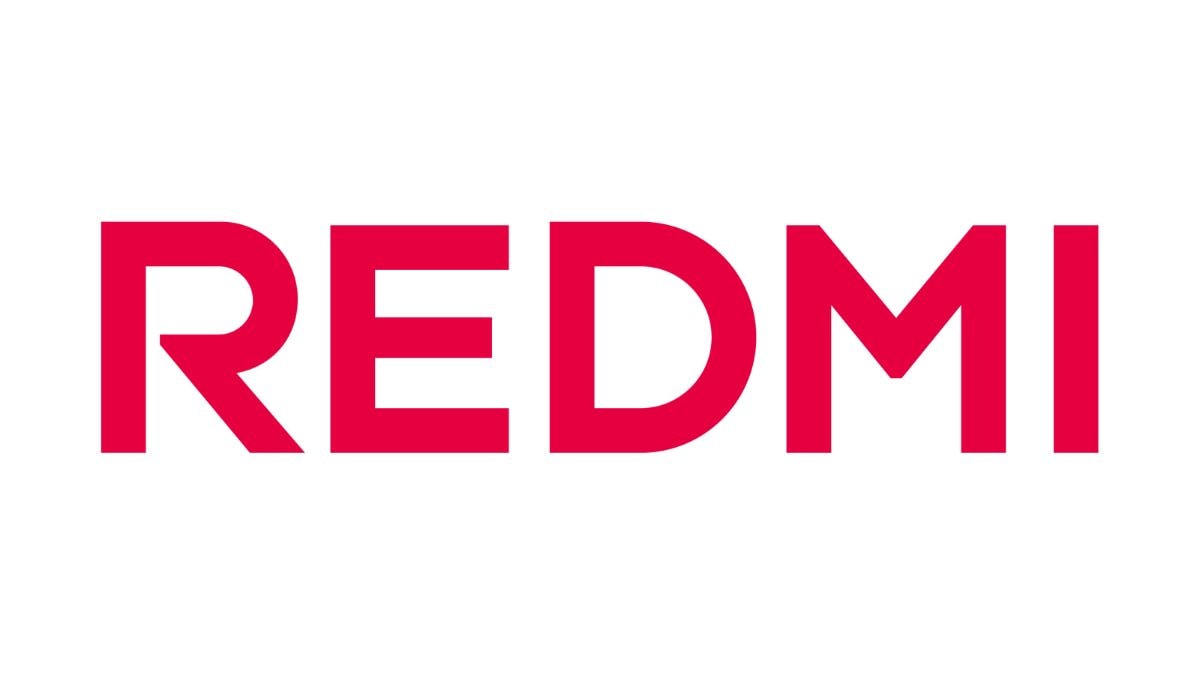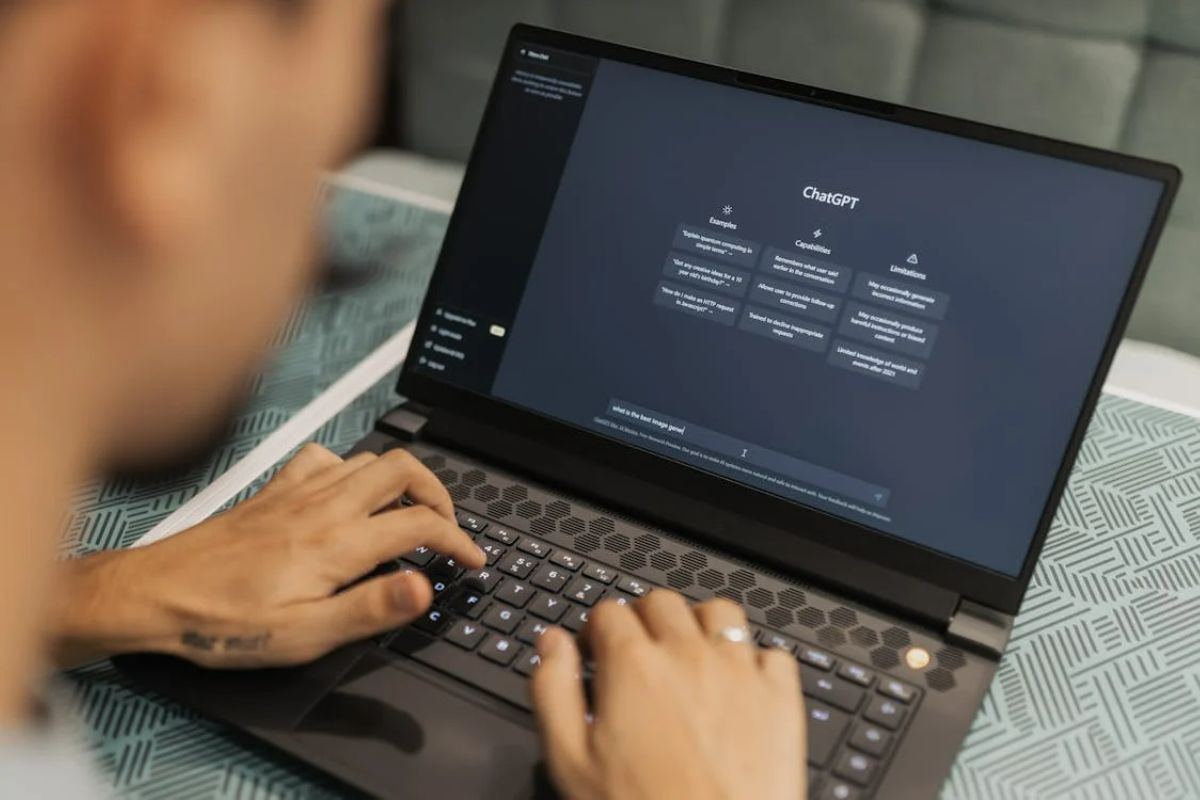Apple is reportedly planning to let third-party developers build apps using its proprietary artificial intelligence (AI) models. As per the report, the Cupertino-based tech giant wants to open its AI model, which also powers Apple Intelligence features, in hopes that more AI-powered apps appear on its marketplace. With more apps that use AI capabilities, the company is said to believe that it could invigorate consumer interest in devices that offer Apple Intelligence. The announcement regarding this will reportedly be made at the Worldwide Developer Conference (WWDC) 2025.
Third-Party Apple Developers Might Soon Get Access to Its AI Models
According to a Bloomberg report by Mark Gurman, the tech giant is working on a new software development kit (SDK) and associated frameworks that will let third-party developers either build new AI-powered apps or integrate AI features in existing apps. Citing unnamed people familiar with the matter, the publication highlighted that this new SDK could be unveiled at WWDC 2025, scheduled for June 9.
Apple might start with opening its smaller language models (SLMs), and later allow access to its larger, foundation models, as per the report. These models are already powering several Apple Intelligence features in iOS and macOS, such as Writing Tools, Image Playground, and Genmoji. With the new SDK, third-party developers are also said to introduce similar features in their apps.
Third-party developers making new AI-powered apps also help the company in the long run. Currently, the iPhone maker is struggling to push out enough practical AI features to increase the adoption of Apple Intelligence. The long-awaited AI-powered Siri is still under development and has faced multiple delays. A recent report now claims that the company might not discuss Siri upgrades at WWDC at all.
Apart from this, the tech giant is also expected to showcase new features in the next iteration of iOS, macOS, and other operating systems. One such feature in iOS 19 could be a new AI-powered battery management mode. It is said that the feature collects data from users’ phones to gauge behavioural patterns, and subsequently allocates power efficiently and increases battery life.












